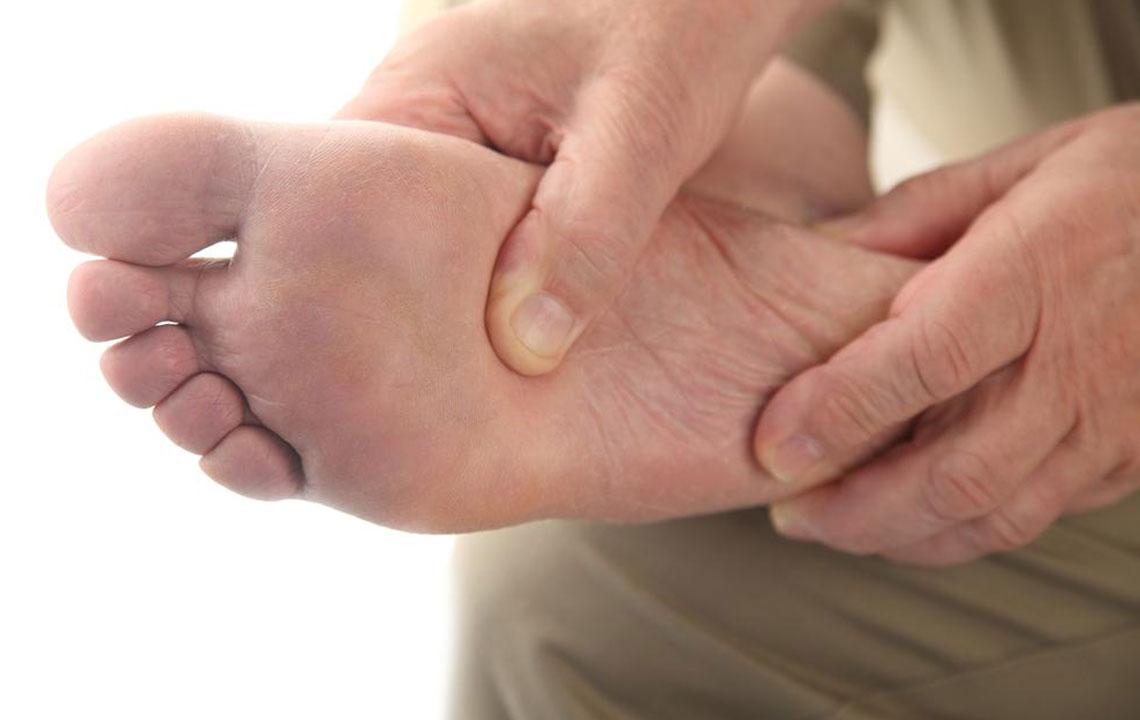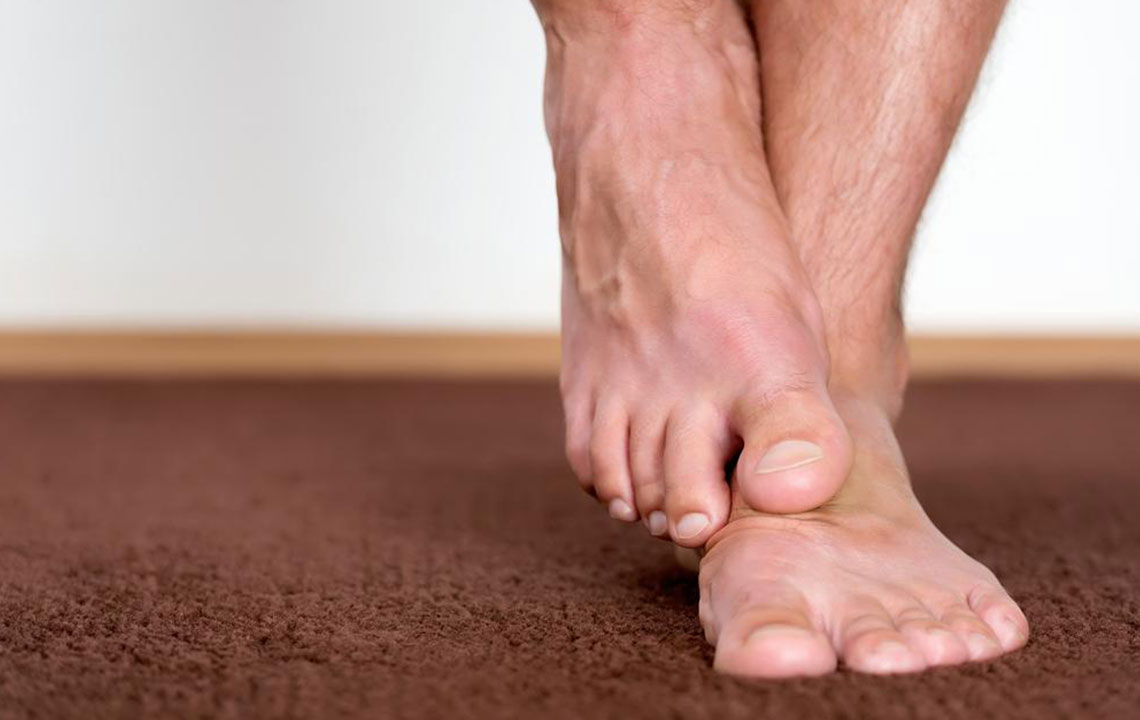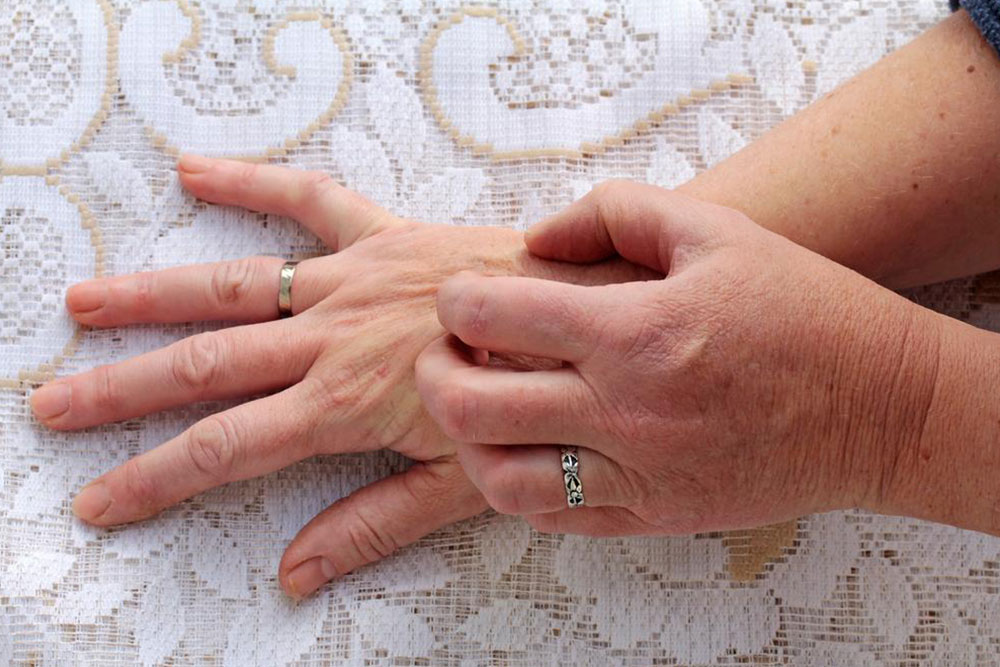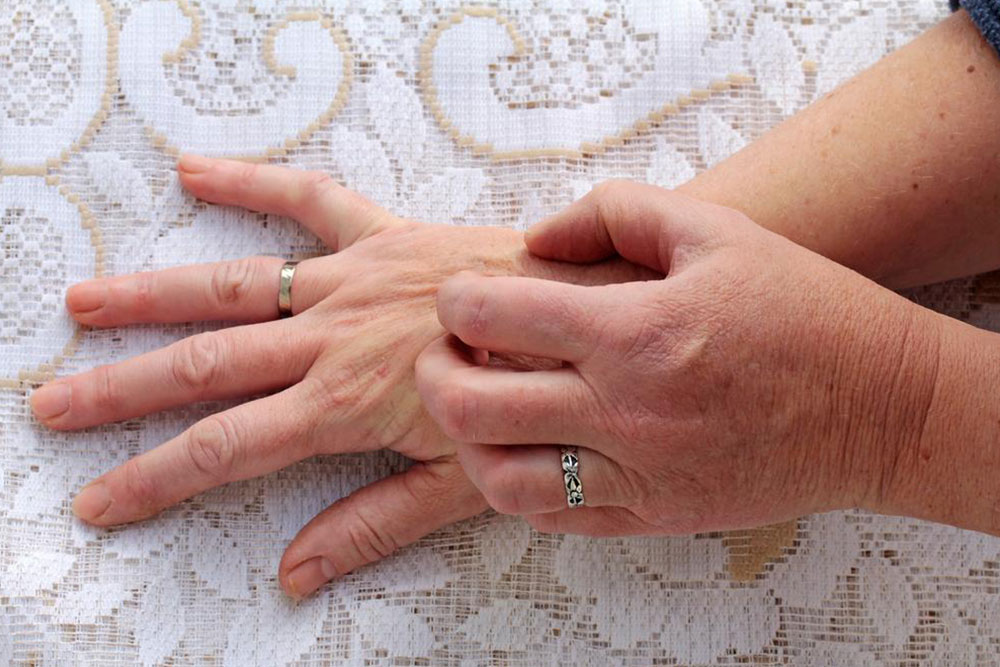Understanding Common Foot Issues in Diabetes and Prevention Strategies
This article explains how diabetes affects foot health and offers practical tips for prevention of common issues like neuropathy, infections, and deformities. Emphasizing early care and proper hygiene can help diabetics maintain healthy feet, reducing the risk of severe complications. Learn about symptoms, risk factors, and effective preventive measures to safeguard your foot health with diabetes.
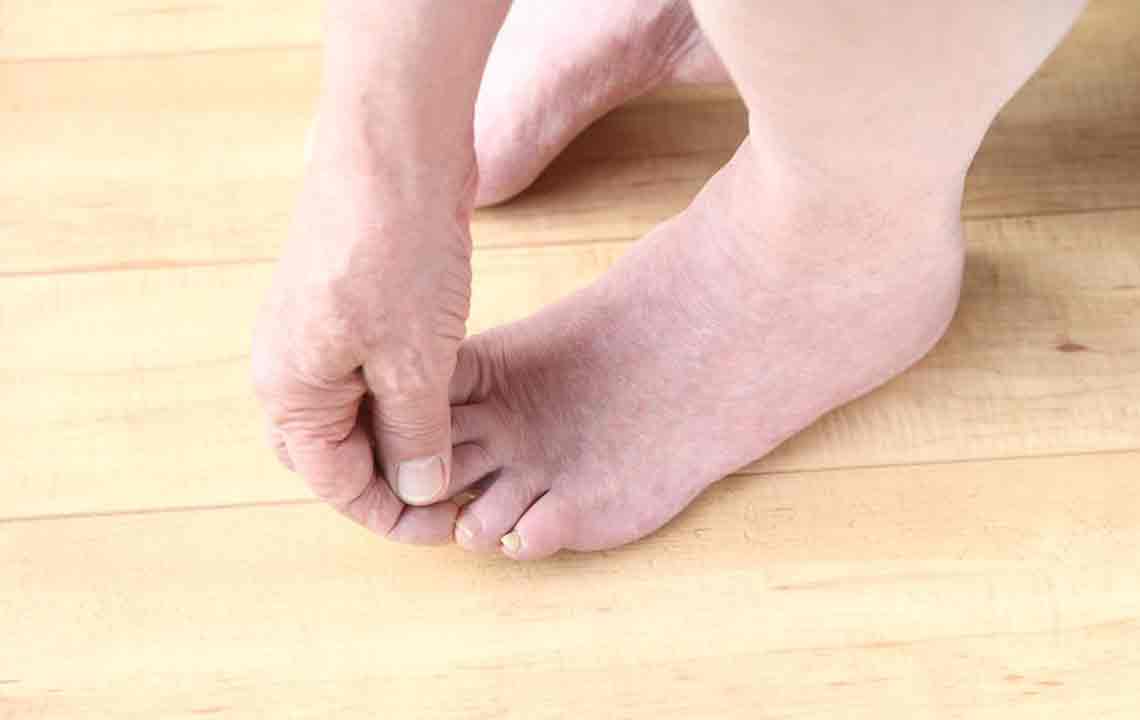
Understanding Common Foot Issues in Diabetes and Prevention Strategies
If you've recently been diagnosed with high blood sugar and are worried about how diabetes might affect your feet, you're not alone. Many are unaware of the foot complications linked to diabetes, which can sometimes lead to severe consequences, including amputation. However, with proper foot care and a healthy lifestyle, you can maintain foot health. Here, we explain how diabetes impacts your feet and outline preventive measures to keep them healthy.
How Diabetes Affects Your Feet
High blood sugar levels increase the risk of developing two major foot conditions: diabetic neuropathy and peripheral vascular disease.
Diabetic Neuropathy: Uncontrolled diabetes can damage nerves in your legs and feet, causing numbness and loss of sensation—known as sensory diabetic neuropathy. This prevents you from feeling injuries, cuts, or burns, which can go untreated and develop into infections.
Approximately 10% of diabetics develop foot ulcers due to nerve damage and poor blood circulation. Muscle weakness can also misalign the foot, resulting in abnormal pressure and deformities.
Peripheral Vascular Disease: Diabetes impairs blood flow, making healing slow after injuries or sores. This circulatory disorder affects blood vessels away from the heart, raising the risk of ulcers, gangrene, and even amputation if infections worsen.
Common Diabetic Foot Problems & Prevention Tips
Early intervention is crucial to prevent infections and serious complications, including amputations. Below are common foot issues faced by diabetics:
Hammertoes: Toes become bent due to weakened muscles, often caused by tight shoes or genetic factors. Corrective footwear or surgery may be required.
Athlete’s Foot: Fungal infection causing itching, redness, and cracked skin. Treatment includes antifungal creams and medicines.
Blisters: Formed from ill-fitting or new footwear. Cover with antiseptic and avoid popping them.
Nail Fungal Infections: Nails become discolored, brittle, and thickened. Keep feet dry, and seek medical treatment for persistent cases.
Calluses: Thickened skin on the sole resulting from uneven pressure. Prevent by wearing well-fitting shoes and avoid cutting calluses yourself.
Plantar Warts: Virus-caused growths appearing on heels or balls of the feet. Painful and sometimes clustered; require medical consultation.
Foot Corns: Hard skin near toes caused by pressure from shoes. Remove gently during bathing with a pumice stone.
Dry Skin: Cracks can invite infections. Use moisturizers regularly to keep skin soft and protected.
Managing foot health with proper diet, regular exercise, and hygiene can prevent these problems. If any symptoms or issues arise, seek professional treatment promptly.

